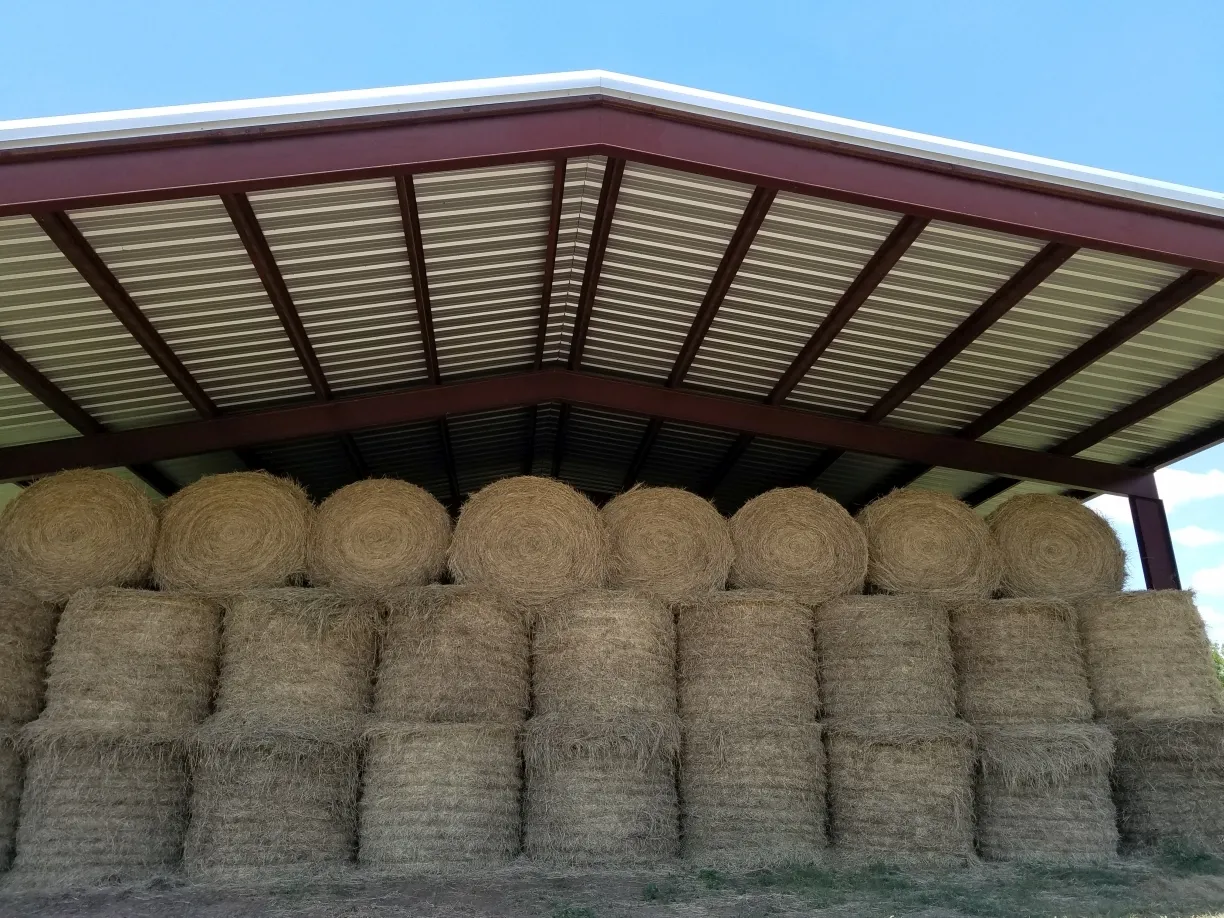- Afrikaans
- Albanian
- Amharic
- Arabic
- Armenian
- Azerbaijani
- Basque
- Belarusian
- Bengali
- Bosnian
- Bulgarian
- Catalan
- Cebuano
- Corsican
- Croatian
- Czech
- Danish
- Dutch
- English
- Esperanto
- Estonian
- Finnish
- French
- Frisian
- Galician
- Georgian
- German
- Greek
- Gujarati
- Haitian Creole
- hausa
- hawaiian
- Hebrew
- Hindi
- Miao
- Hungarian
- Icelandic
- igbo
- Indonesian
- irish
- Italian
- Japanese
- Javanese
- Kannada
- kazakh
- Khmer
- Rwandese
- Korean
- Kurdish
- Kyrgyz
- Lao
- Latin
- Latvian
- Lithuanian
- Luxembourgish
- Macedonian
- Malgashi
- Malay
- Malayalam
- Maltese
- Maori
- Marathi
- Mongolian
- Myanmar
- Nepali
- Norwegian
- Norwegian
- Occitan
- Pashto
- Persian
- Polish
- Portuguese
- Punjabi
- Romanian
- Russian
- Samoan
- Scottish Gaelic
- Serbian
- Sesotho
- Shona
- Sindhi
- Sinhala
- Slovak
- Slovenian
- Somali
- Spanish
- Sundanese
- Swahili
- Swedish
- Tagalog
- Tajik
- Tamil
- Tatar
- Telugu
- Thai
- Turkish
- Turkmen
- Ukrainian
- Urdu
- Uighur
- Uzbek
- Vietnamese
- Welsh
- Bantu
- Yiddish
- Yoruba
- Zulu
Oct . 12, 2024 15:18 Back to list
Prefabricated Agricultural Buildings A Sustainable Solution for Modern Farming
In recent years, the agricultural sector has undergone significant transformations driven by technological advancements and sustainability demands. One notable trend is the rise of prefabricated agricultural buildings, which are rapidly becoming a popular choice among farmers and agribusinesses. This innovative building method offers various advantages that align with the contemporary needs of agriculture, making it a viable solution for modern farming practices.
Understanding Prefabricated Agricultural Buildings
Prefabricated agricultural buildings are structures that are manufactured off-site in a factory setting and then transported to the desired location for assembly. This can include buildings such as barns, greenhouses, storage facilities, and animal housing. The modular nature of prefabricated buildings allows for a flexible design tailored to specific agricultural needs.
Benefits of Prefabricated Buildings
1. Cost-Effective Solutions One of the primary benefits of prefabricated agricultural buildings is cost efficiency. Traditional construction methods often involve significant labor and material costs, which can strain a farmer’s budget. Prefabrication dramatically reduces these expenses by minimizing on-site labor and ensuring a more streamlined construction process. The materials are produced in bulk, leading to reduced waste and better pricing.
2. Faster Construction Times Time is of the essence in agriculture, especially during planting and harvesting seasons. Prefabricated buildings can be constructed much faster than traditional structures, often within a matter of weeks. This rapid deployment means that farmers can quickly increase their capacity, whether it's for storage, housing livestock, or processing goods, allowing them to respond more effectively to market demands.
prefabricated agricultural buildings

3. Sustainability and Energy Efficiency As the agricultural sector faces increasing pressure to adopt sustainable practices, prefabricated buildings often incorporate energy-efficient designs and materials. Many manufacturers use recyclable materials and sustainable manufacturing processes, which significantly reduce the environmental impact. Additionally, these structures can be equipped with energy-efficient systems such as solar panels and rainwater collection systems, further enhancing their sustainability.
4. Customizable and Scalable Agriculture is dynamic; farmers often need to adapt to changing circumstances, whether that’s scaling up production, diversifying crops, or altering livestock operations. Prefabricated buildings offer unmatched flexibility, as they can be customized to meet specific requirements. Whether it's adding extra space for new equipment or creating segregated areas for different livestock, these buildings can be easily modified or expanded.
5. Durability and Maintenance Prefabricated agricultural buildings are designed to withstand harsh weather conditions and heavy usage. With robust materials and advanced manufacturing techniques, these structures ensure durability and longevity. Moreover, their maintenance requirements are often lower compared to traditional buildings, saving farmers time and resources in the long run.
Challenges and Considerations
While prefabricated agricultural buildings come with numerous advantages, there are some challenges that farmers should consider. Local zoning laws and regulations can impact the installation of such structures, and navigating these can sometimes be complex. It's crucial for farmers to work closely with local authorities to ensure compliance. Additionally, selecting a reputable manufacturer is essential; not all prefabricated buildings are made equal, and thorough research can prevent future issues.
Conclusion
As agriculture continues to evolve with technological innovations, prefabricated agricultural buildings represent a significant step forward. They offer cost-effective, timely, and sustainable solutions while providing the flexibility farmers need in today’s fast-paced environment. By investing in these modern structures, farmers can optimize their operations, reduce their environmental impact, and enhance productivity—paving the way for a more efficient agricultural future. As we move forward, embracing prefabricated buildings may well become a cornerstone of sustainable, modern farming practices.
-
Steel Frame Modular Construction for Housing
NewsAug.07,2025
-
Steel Construction Factory Processes
NewsAug.07,2025
-
Portal Frame Shed for Sale: Delivery Options
NewsAug.07,2025
-
Metal Workshops for Sale: Insulation Solutions
NewsAug.07,2025
-
Metal Steel Building Manufacturers: Post-Construction Services
NewsAug.07,2025
-
Metal Garage Shed Kits: Size Options
NewsAug.07,2025
Products categories
Our Latest News
We have a professional design team and an excellent production and construction team.











